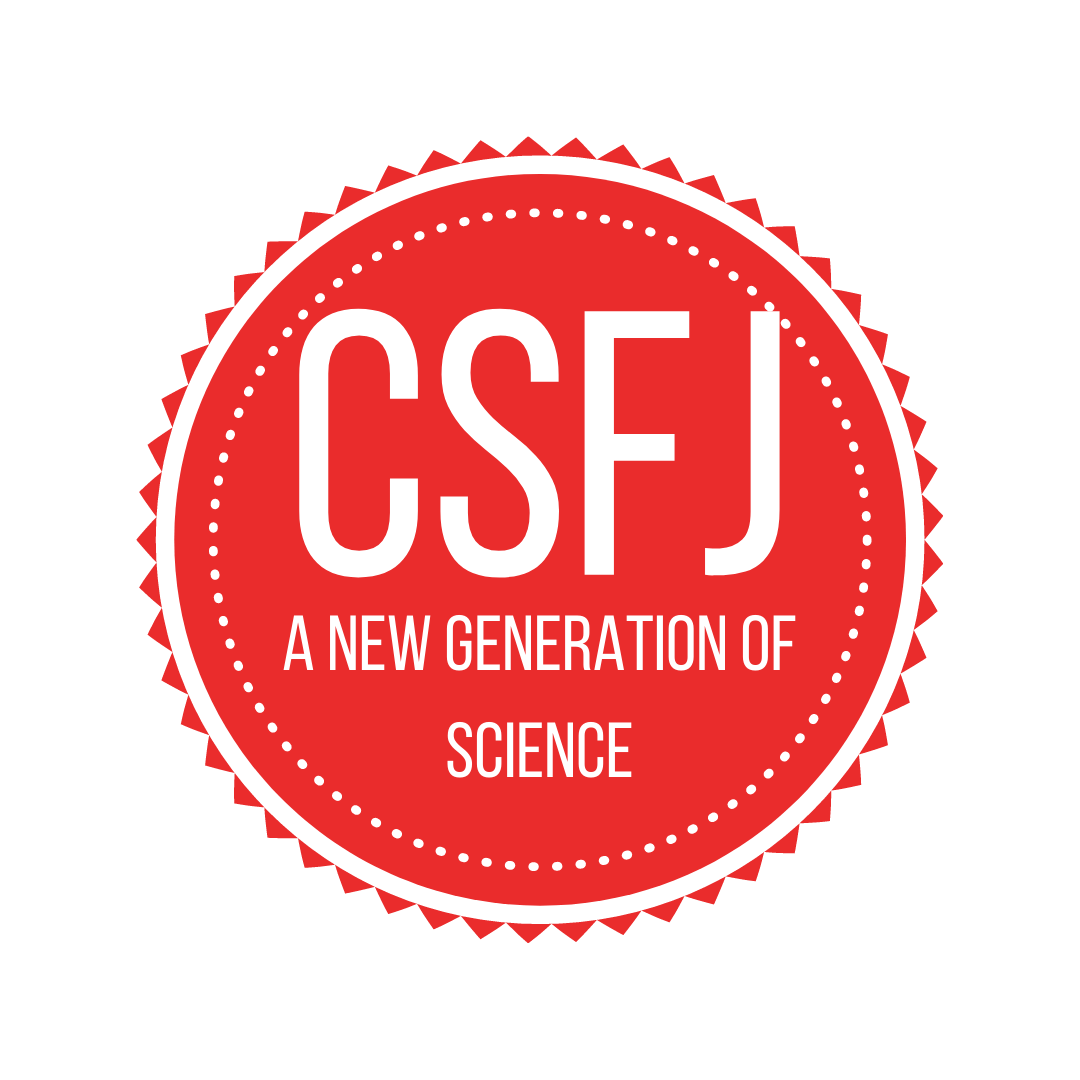THE FALL 2019 EDITION IS NOW IN PRINT!
This print edition features a collection of all CSFJ articles published in the fall of 2019.
Purchase your copy or full-year subscription here!


January 2020
In this issue…
In today’s society, mental illness is becoming increasingly prevalent. Whether it be individually, within family, or amongst peers, mental illness has the ability to have an enormous impact on internal and external relationships. Society has experienced an alarming influx in adolescent mental health issues; specifically anxiety and depression (Government of Canada, 2006).
It has been said that “...there is no doubt that empathy is important in understanding animals, and also that it can be greatly improved with knowledge of the other.” (7) definition, empathy is the ability to understand, be aware of, be sensitive to, and share the feelings, thoughts and experiences of another.
The pressing need for alternative energy sources to power humans is necessary, so I decided to look into this more deeply. I found that hydrogen has the potential to be 100% clean energy. There are many limiting factors when it comes to hydrogen production, one of which is using the clean process of electrolysis to generate hydrogen fuel because of cost.
Climate change is an existential threat to the earth and is primarily caused by the release of CO2 into the atmosphere due to the burning of fossil fuels (USEPA, 2017). Although renewable and nuclear energies are developing rapidly, by 2040, more than three-fourths of the world’s energy usage will still come from fossil fuels (IEA, 2019; USEIA, 2018). Therefore, capturing CO2 before it is released into atmosphere is one potential climate change mitigation solution.
My experiment aims to examine whether mealworms can live off Styrofoam long enough to reproduce. If so, this is a way to reduce Styrofoam waste from landfills without affecting the offspring of the beetles. Styrofoam waste presently makes up 30% of an average waste facility in the United States (Little, 2018) and is known to be non-biodegradable.
Enjoy!
Fun fact…







